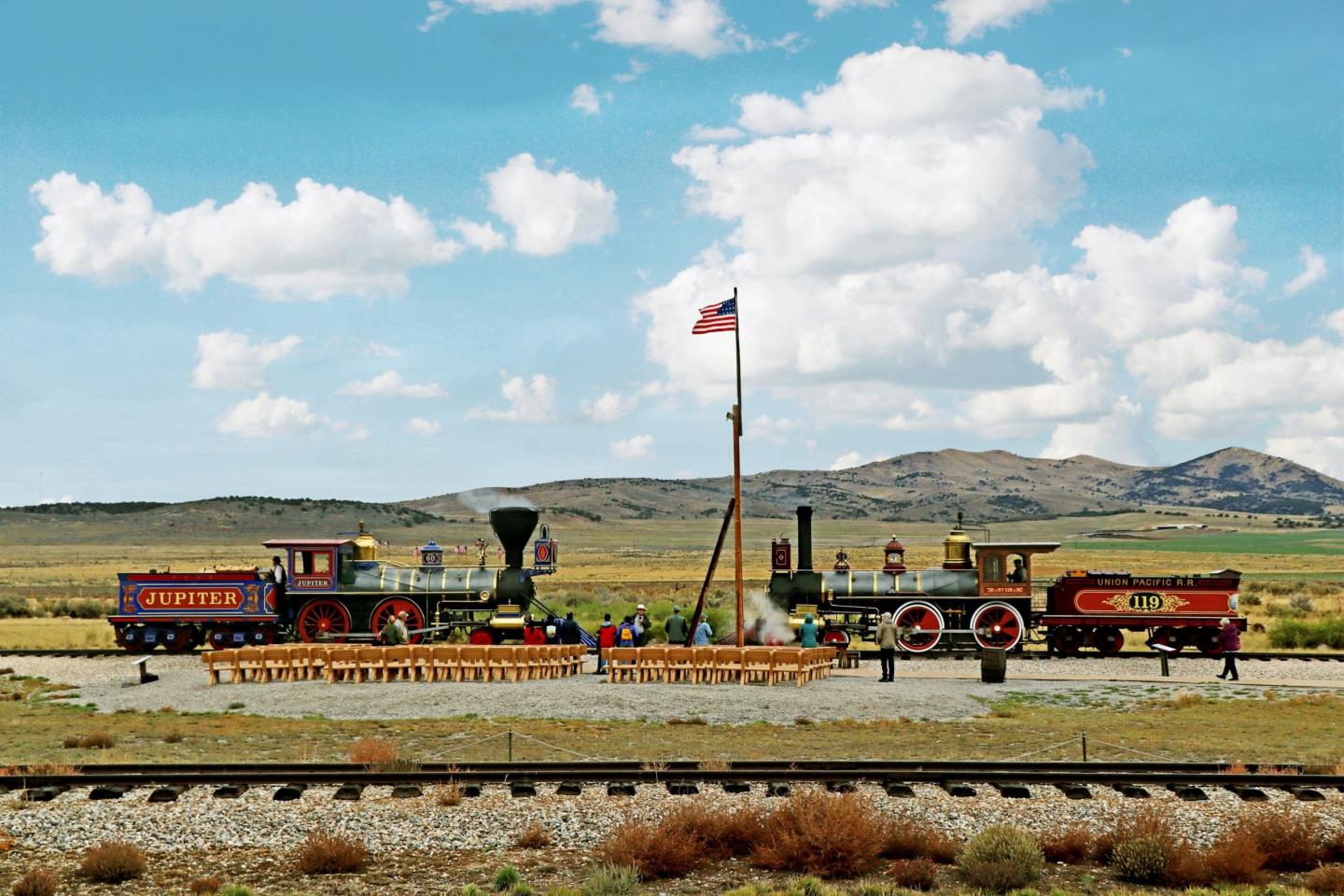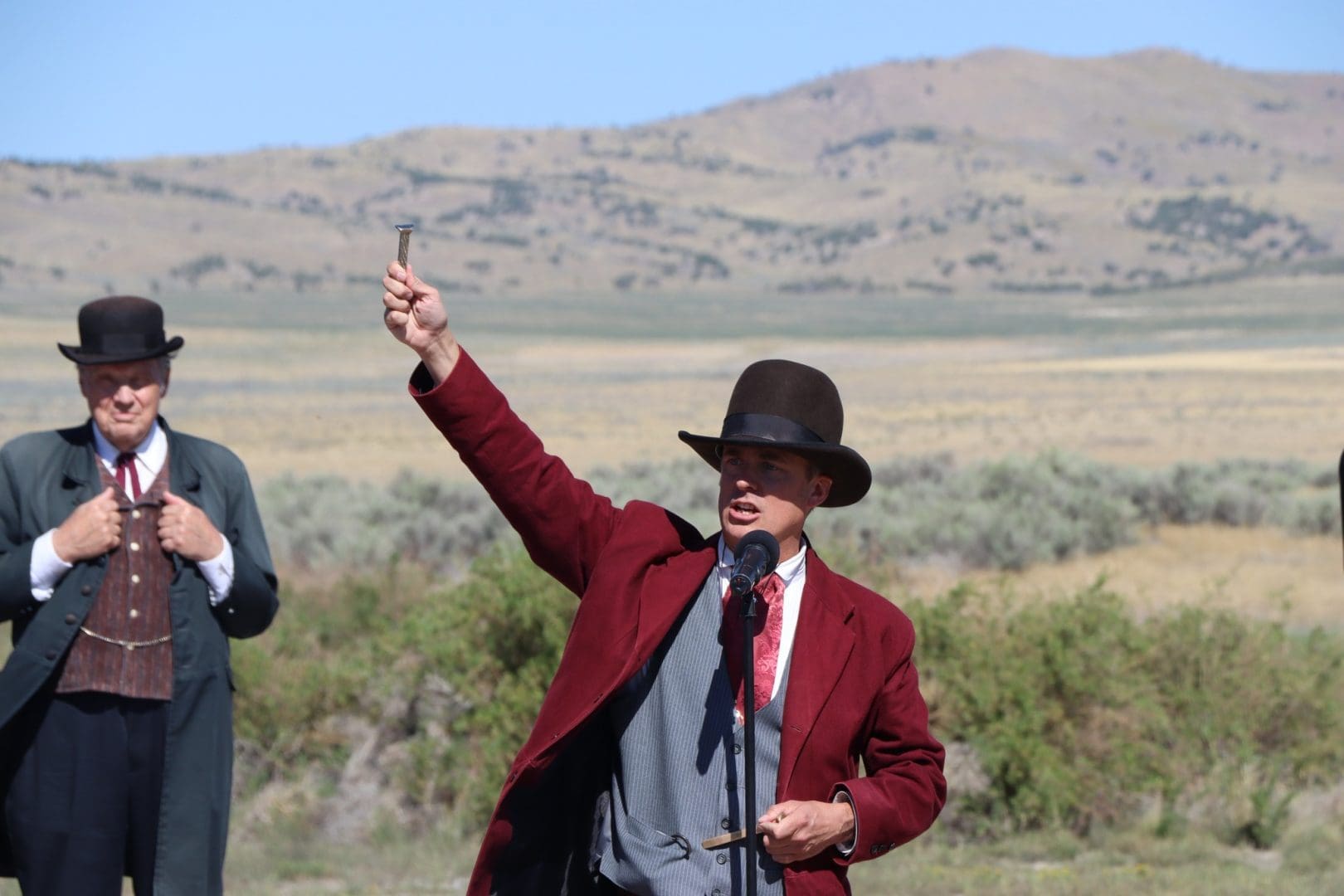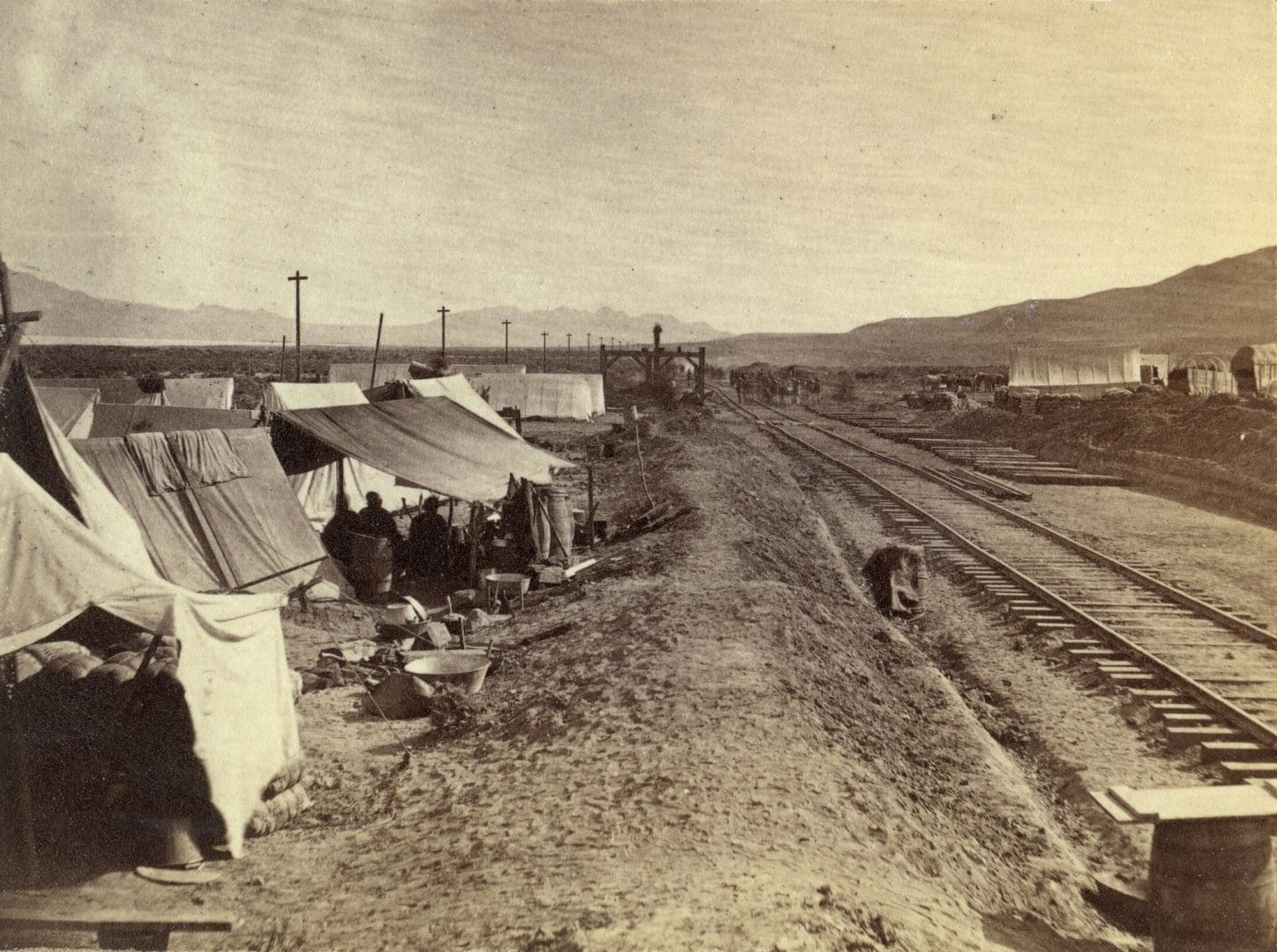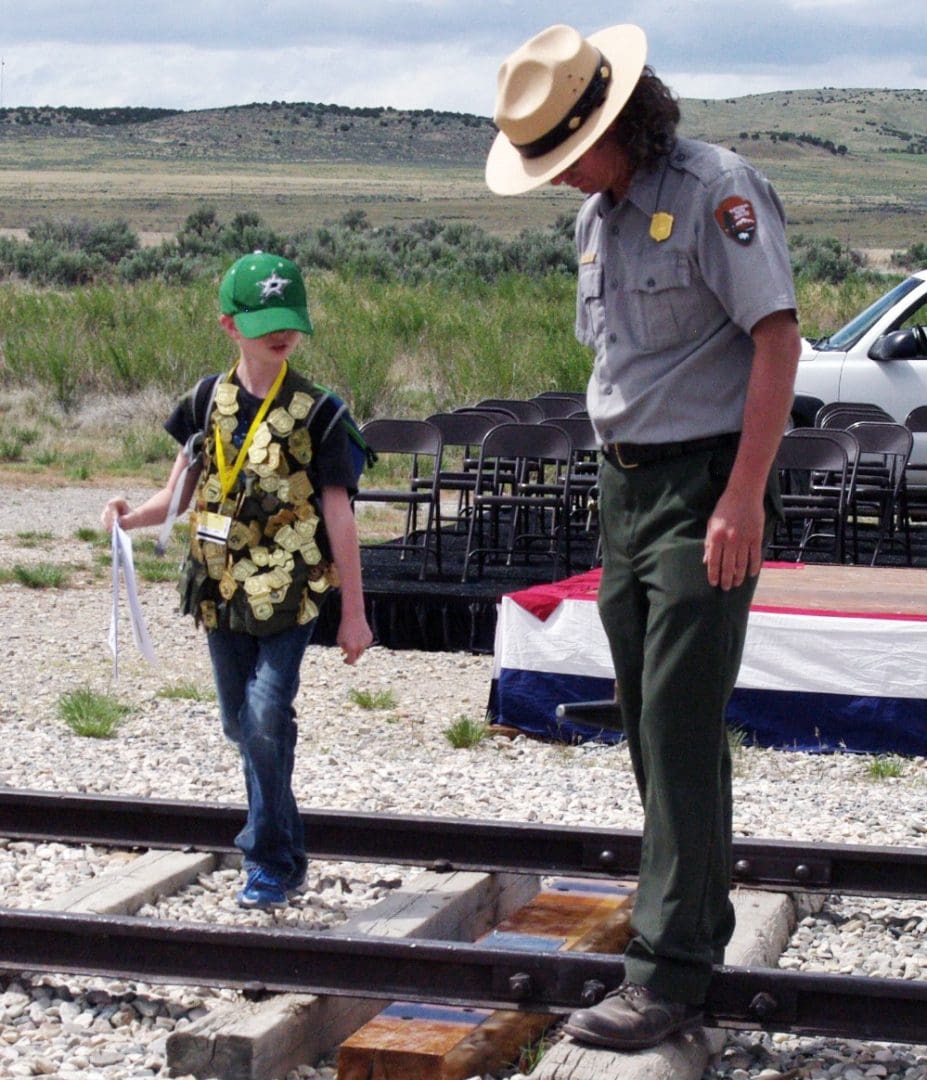
Utah Fourth Graders Fight for the Golden Spike

A group of fourth graders are working to bring an important piece of Utah history back to Utah. The famous golden spike that completed the first transcontinental railroad was driven into the ground on May 10, 1869. The 17.6-karat gold spike joined the Central Pacific Railroad from Sacramento and the Union Pacific Railroad from Omaha at Promontory Summit, Utah Territory. After the ceremony, the spike was removed and donated to the Stanford Museum, now the Cantor Arts Center in Palo Alto, where it is displayed even to this day.

Golden Spike National Historical Park preserves the stories of this momentous event, considered one of the most important technological and social achievements in the nation’s history. The park, located in Utah, honors the lives of the diverse railroad workforce, many of whom experienced discrimination, bodily harm, and even death. The fourth-grade students, after learning about the history of the park, were surprised to learn that the spike itself was on display in the Stanford University museum instead of a Utah museum.

The golden spike, also known as the last spike, was driven into the pre-drilled hole by Leland Stanford, president of the Central Pacific Railroad. Stanford, along with his wife, Jane, would eventually cofound Stanford University. Leland Stanford was a powerful and wealthy man, gaining control of two major railroads and holding political offices. Unfortunately, he is also widely known to have espoused anti-Chinese beliefs, which leaves a troublesome legacy, especially considering how integral Chinese Americans were in the completion of the transcontinental railroad.

Today, a group of fourth-grade activists from Neil Armstrong Academy in Utah have started a letter-writing campaign to the Cantor Arts Center requesting the spike and several other artifacts be returned to Utah, where the spike originally joined the railroads together. Through their research, passion, and action, students hope to bring their history home. Learn more about this campaign by visiting www.spikes2utah.org. The letter-writing deadline has been extended to Friday, May 26.
No matter which side of the issue we fall on, this group of kids have found great pride and gained strengthened identities as stewards of their own history and landscape.
By: Julie Thompson



